What is Advanced Driver Assistance Systems (ADAS)?
Advanced Driver Assistance Systems (ADAS) are a type of technology that is designed to help improve vehicle safety and reduce the risk of accidents. These systems use a variety of sensors and cameras to monitor the vehicle’s surroundings and provide the driver with alerts and warnings if they detect a potential hazard. ADAS can also take over certain driving tasks, such as steering or braking, to help avoid an accident.
Some common examples of ADAS features include:

Lane Departure Warning
This feature uses sensors and cameras to monitor the vehicle’s position in the lane and provide an alert if the driver begins to drift out of the lane without using a turn signal.

Lane Keep Assist
This feature uses sensors and cameras to monitor the vehicle’s position in the lane and automatically makes small steering adjustments to help the driver stay in their lane.

Adaptive Cruise Control
This feature uses sensors to monitor the distance between the vehicle and other cars on the road and adjusts the vehicle’s speed to maintain a safe following distance.

Collision Avoidance
This feature uses sensors and cameras to monitor the surrounding environment and provides an alert if a potential collision is detected. In some cases, the system may also automatically apply the brakes or take other actions to help avoid a collision.
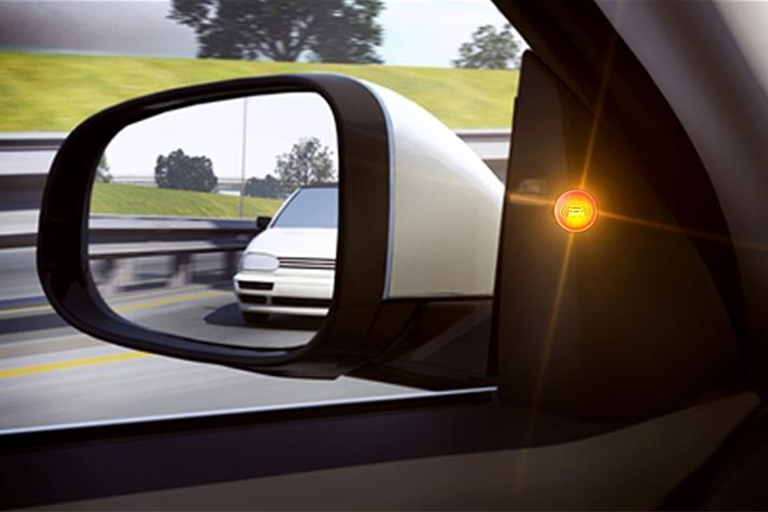
Blind Spot Monitoring
This feature uses sensors to detect vehicles in the blind spot areas around the vehicle and provides an alert to the driver if it is unsafe to change lanes.
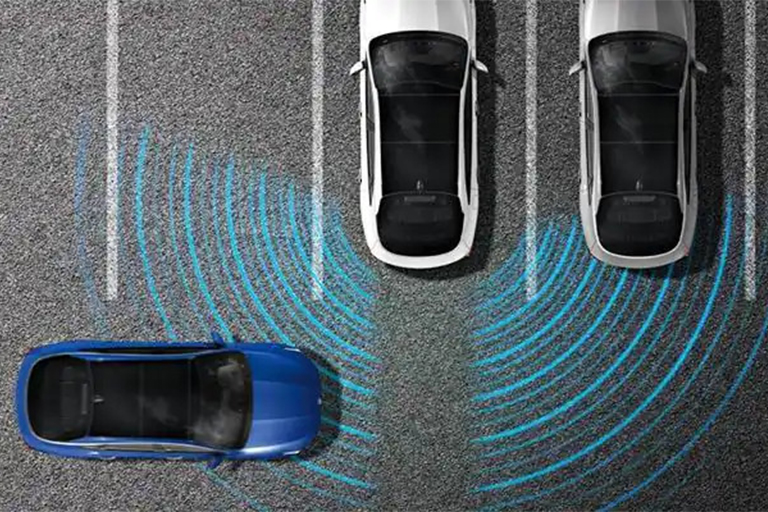
Rear Cross Traffic Alert
This feature uses sensors to detect vehicles approaching from the side when the driver is reversing out of a parking space and provides an alert to the driver.
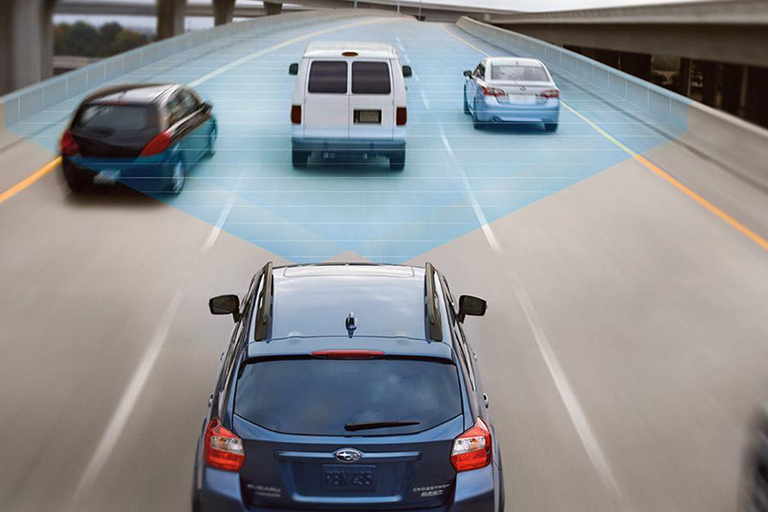
Automatic Emergency Braking
This feature uses sensors to monitor the distance between the vehicle and other objects on the road and automatically applies the brakes if a potential collision is detected.
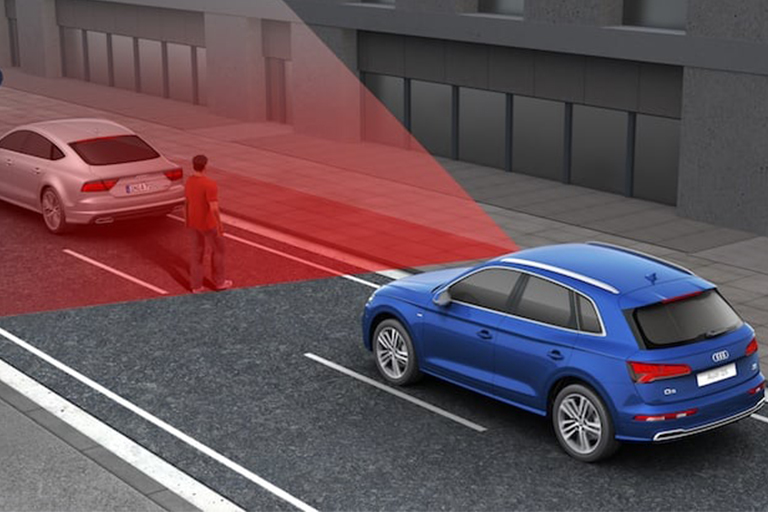
Pedestrian Detection
This feature uses sensors and cameras to detect pedestrians in the roadway and provides an alert to the driver or automatically applies the brakes to help avoid a collision.
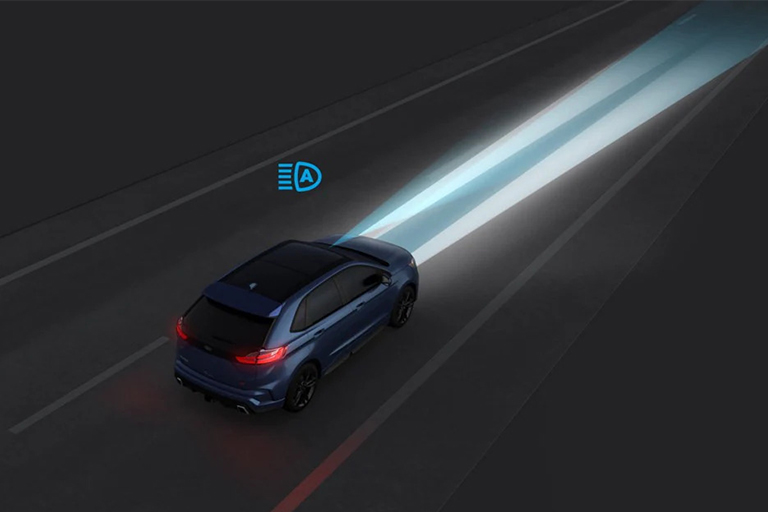
Automatic High Beams
This feature uses sensors to detect the headlights of oncoming vehicles and automatically switches the high beams off when it is not safe to use them.
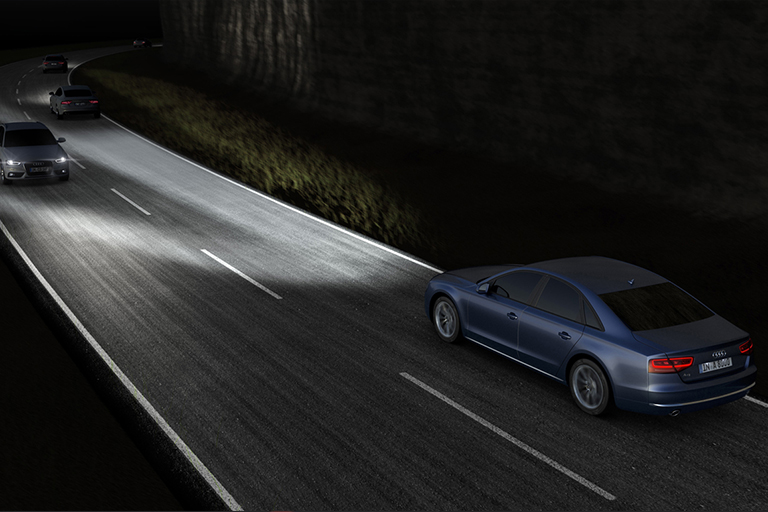
Adaptive Headlights
This feature uses sensors and cameras to monitor the vehicle’s surroundings and automatically adjusts the beam pattern of the headlights to improve visibility on the road.

Parking Assist
This feature uses sensors and cameras to assist the driver with parallel or perpendicular parking by providing guidance on steering and braking inputs.
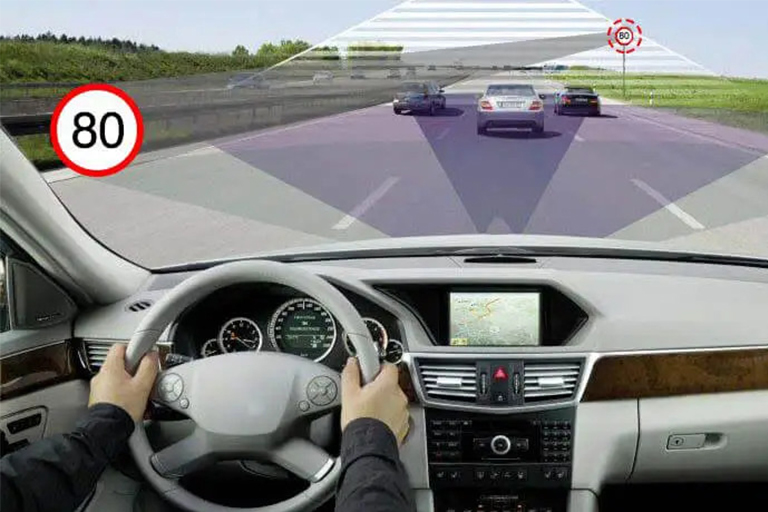
Traffic Sign Recognition
This feature uses cameras to detect traffic signs on the road and displays the information to the driver, such as speed limit or stop signs.
Why Advanced Driver Assistance Systems (ADAS) needs calibration after a collision?
After a collision, it is important to have the ADAS on a vehicle re-calibrated because the collision may have affected the alignment or position of the sensors and other components that are used by the ADAS. For example, if the front radar sensors or cameras on a vehicle are damaged or displaced during a collision, the ADAS may no longer be able to function accurately.
Re-calibrating the ADAS after a collision helps to ensure that the system is properly aligned and functioning correctly, which can help to improve the safety of the vehicle and its occupants. In some cases, re-calibrating the ADAS may also be required in order to reset the system and clear any error messages or warning indicators that may have been triggered by the collision.
Overall, it is important to have the ADAS on a vehicle re-calibrated after a collision to ensure that the system is working properly and to restore its full functionality. This is typically done by trained technicians using specialized equipment and procedures. First Performance Auto Body has tools, equipment and trained technicians to restore the vehicle back to its full functionality.
